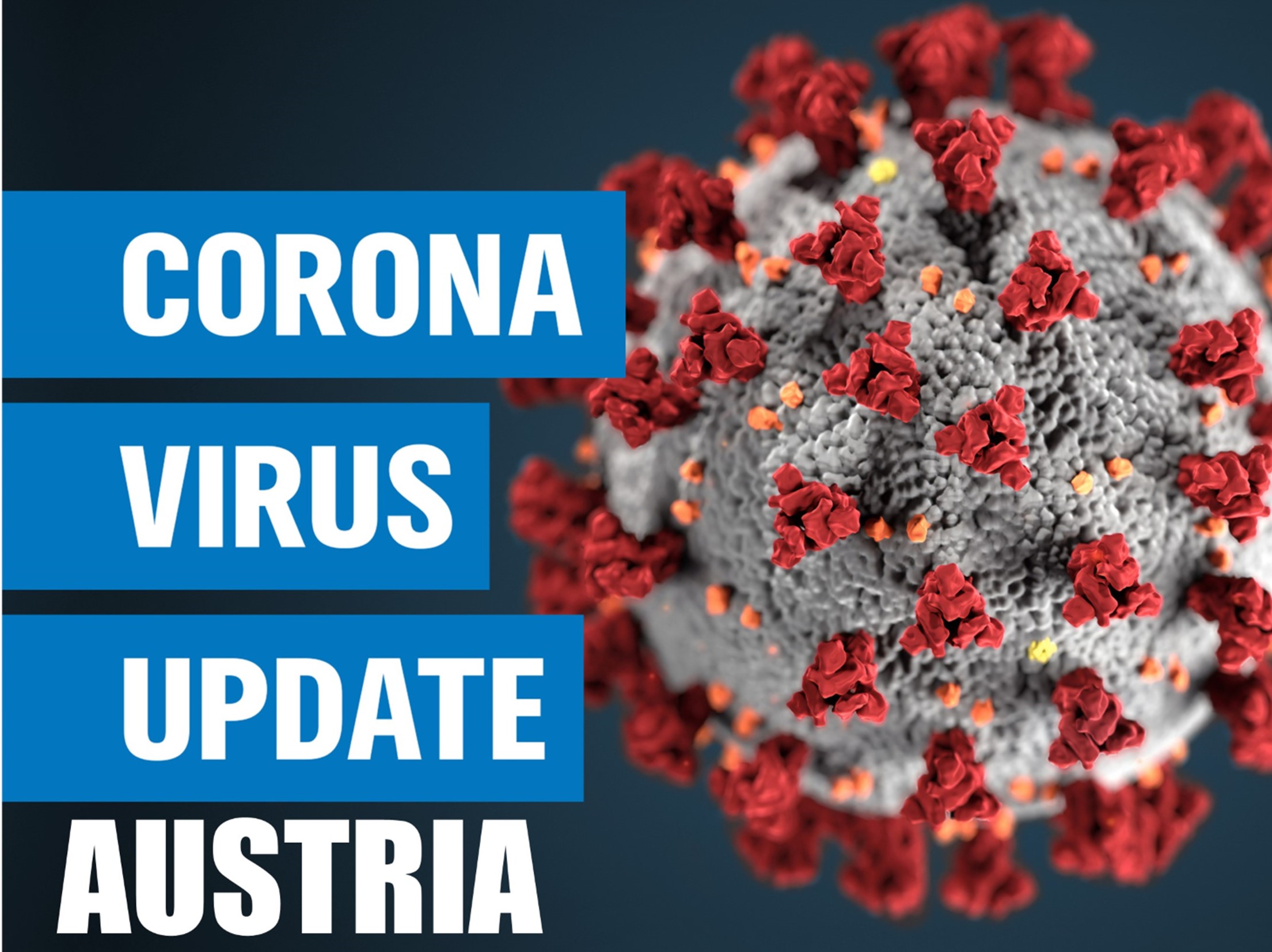Despite their unwieldy names, Corona variants BA.5+R346TandBQ.1 could soon dominate everything – and drive up case numbers.
After weeks of decline, the numbers of new coronavirus infections detected daily appear to have bottomed out. “Most age groups continue to show stagnation in reported case numbers,” the Covid Prognosis Consortium reported in its latest report Tuesday. The only exception is among 5- to 14-year-olds.
But that is not likely to remain the case. Both the reported positive tests and the wastewater signal currently show a tendency to increase in some states. In their forecast prepared on Tuesday for the next 14 days, until December 7, 2022, the Corona experts already speak of a possible trend reversal to rising numbers.
The reason for it is to be looked for accordingly, not only in purely seasonal effects: New virus variants are also spreading once again in Austria.
According to AGES and the Institute for Molecular Biotechnology (IMBA) evaluations, the relative proportion of new mutations has increased continuously in recent weeks. It stands at 28 percent (BA.5 + R346T) and 21 percent (BQ.1) as of week 45. As recently as mid-October, all “newcomers” together had a share of only about 30 percent.
Although the previously dominant variant continues to be BA.4/BA.5, it is declining in absolute numbers and currently accounts for only about 44 percent of infections.
The gradual end to the decline in reported case numbers and a possible reversal of the trend is thus partly due to the spread of the new variants, whose adequate replication number in calendar week 45 averaged 1.15 (95% confidence interval 1.08 to 1.26).
However, hospitals are not yet likely to see a possible increase in cases over the forecast period. In the formal care sector, as of December 7, the number of occupied beds nationwide is expected to be in the range (68% confidence interval) of 612 to 1,001, with a mean of 783 beds. There is also likely to be little change in intensive care units.
It should be noted that the occupancy projection does not distinguish between individuals whose hospitalization is causally attributable to COVID-19 and individuals who were initially hospitalized for another diagnosis.
- source: heute.at/picture: pixabay.com
This post has already been read 1403 times!



